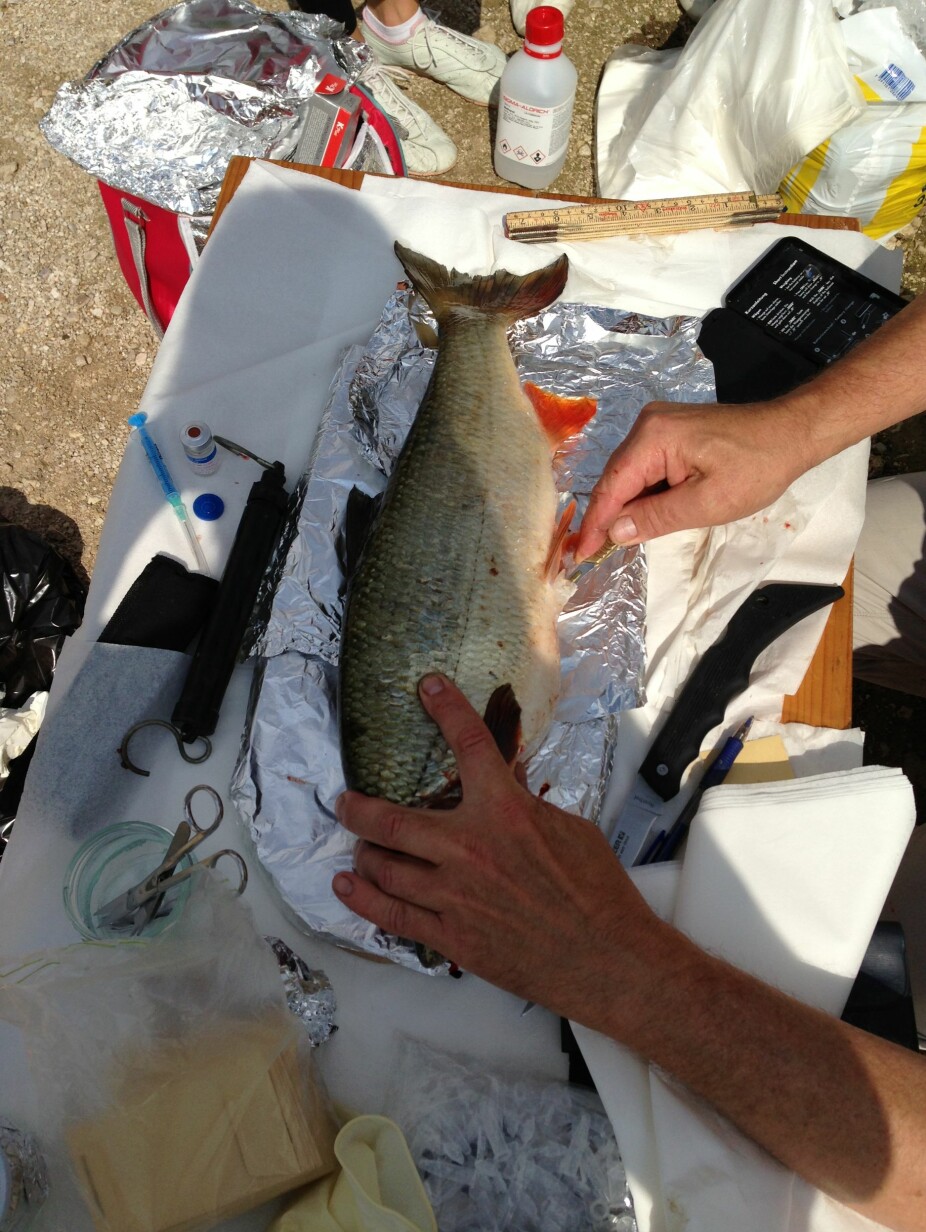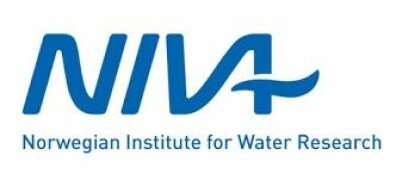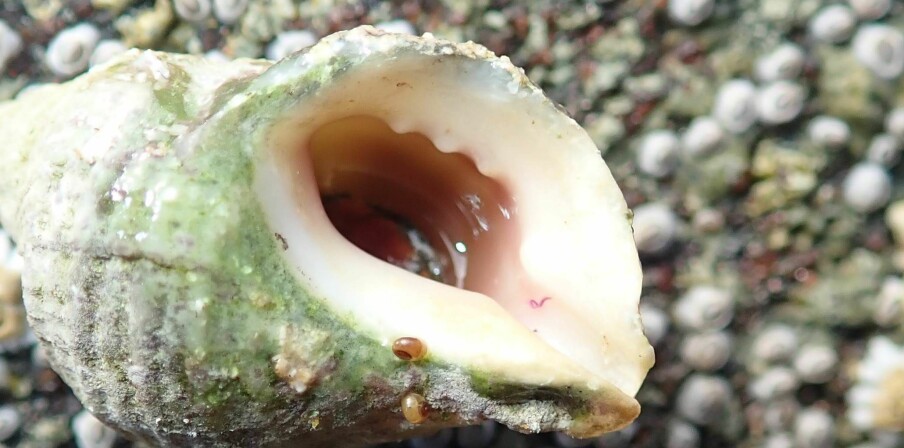This article is produced and financed by NIVA - Norwegian Institute for Water Research - read more

Monitoring of water pollution across Bosnia and Herzegovina contributes to binding the country together
The pollutant status of two of the longest rivers in Bosnia and Herzegovina is updated. The Norwegian Institute for Water Research (NIVA) performed the water monitoring in cooperation with local universities across the two entities, aiming to contribute to the country’s obligations on persistent organic pollutants.
More than ten years have passed since the contaminant concentrations were measured in Bosna and Neretva, two of the largest rivers in Bosnia and Herzegovina. Since then, the Stockholm Convention on persistent, organic pollution has entered into force, and the country is obliged to reduce and eliminate the use of several harmful contaminants. Monitoring the contaminant levels in rivers is therefore helpful to see if the restrictions have an actual effect over time.
– Contrary to most other European countries, very little data on contaminant concentrations in Bosnia and Herzegovina exists, says researcher and project leader at NIVA, Sissel Ranneklev.
– One of the reasons for the scarcity of environmental data is attributed to the country being divided after The Yugoslav Wars. This is seen in the environmental management, which appears fragmented from an environmental perspective. There is a great need to build local capacity for environmental monitoring and chemical analyses in Bosnia and Herzegovina, the NIVA researcher says.
The Dayton Agreement in 1995 put an end to the war in the country. However, the administrative structure that was established has shown to be cumbersome with respect to maintaining an active environmental political management. There is no separate “Environmental ministry”, and the responsibility for the Stockholm Convention is governed by the Ministry of Foreign Trade and Economic Relations. In order to make decisions on measures and actions, both entities in Bosnia and Herzegovina need to agree.

It was within this complex frame that NIVA came to contribute to environmental status and cooperation in the country.
Local sources
The sampling results showed that most contaminant groups had lower concentrations than the environmental quality standards set by EU in the Water Framework Directive. The exception was the so-called Polycyclic Aromatic Hydrocarbons, or PAHs, a group of compounds originating from incomplete burning of organic materials.
– In river Bosna, several PAH subgroups were higher than the limits set by the EU. The limits were exceeded at three locations close to the city Doboj, north of Sarajevo, implying that there is a local emission source in the area. Unfortunately, we don’t have time trends, so we cannot say whether the levels are increasing or decreasing, the NIVA researcher says.
Pollutant levels were on average higher in river Bosna than in river Neretva. However, as Bosna starts close to Sarajevo, whereas Neretva runs through huge protected areas, this was no big surprise. Still, Neretva seemed to be influenced by a local source of PBDEs (polybrominated flame retardants), probably close to city Mostar down south. PBDEs are contaminants that are added to different kinds of materials due to their flame depressing effects.
Low-cost and easy methods
To facilitate local environmental monitoring in the future, the sampling methods should be as inexpensive and easy as possible. Therefore, Ranneklev and her colleagues tested out two different types of water sampling: passive sampling and high-volume water sampling.

– Passive samplers demand very little work, as they sample contaminants in the water over time in a totally passive manner. Passive samplers capture the free fraction of contaminants, which is the fraction available for uptake in freshwater organisms. In this way it gives a very relevant measure of the contaminant levels in the rivers, Ranneklev explains.
High-volume water samplers, on the other side, are more work demanding. These samplers collect and filtrate approximately 200 litres of water, and contaminant analysis is done both on the particles filtered out, and in the filtered water. Hence, both the free and the bound fractions of contaminants are measured.
– The two sampling methods gave comparable results, but their application area is slightly different. It is therefore important to take practical and scientific considerations into account when choosing type of method, Ranneklev says.
Keen on future cooperation
In addition, Ranneklev and her colleagues measured contamination in fish from the two rivers and another river, Vrbas. The results from these analyses were published in 2019. The Norwegian researcher is hoping for more cooperation with Bosnia and Herzegovina in the future.
– We have not had any projects in Bosnia and Herzegovina since the severe floods in June 2014, but I hope there will be more projects in the future. We know that pharmaceuticals and personal care products are released through poor wastewater treatment plants, and it is important to document the pollution this causes, Ranneklev concludes.
The study was conducted by the Norwegian Institute for Water Research (NIVA) in cooperation with the universities in Sarajevo and Banja Luka and received funding from the Norwegian Ministry of Foreign Affairs.
Reference:
Harman, C., Grung, M., Djedjibegovic, J., Marjanovic, A., Fjeld, E., Braaten, H.F.V., Sober, M., Larssen, T. and Ranneklev, S.B., 2018. The organic pollutant status of rivers in Bosnia and Herzegovina as determined by a combination of active and passive sampling methods. Environmental monitoring and assessment, 190(5), p.283. DOI: https://doi.org/10.1007/s10661-018-6667-6


































